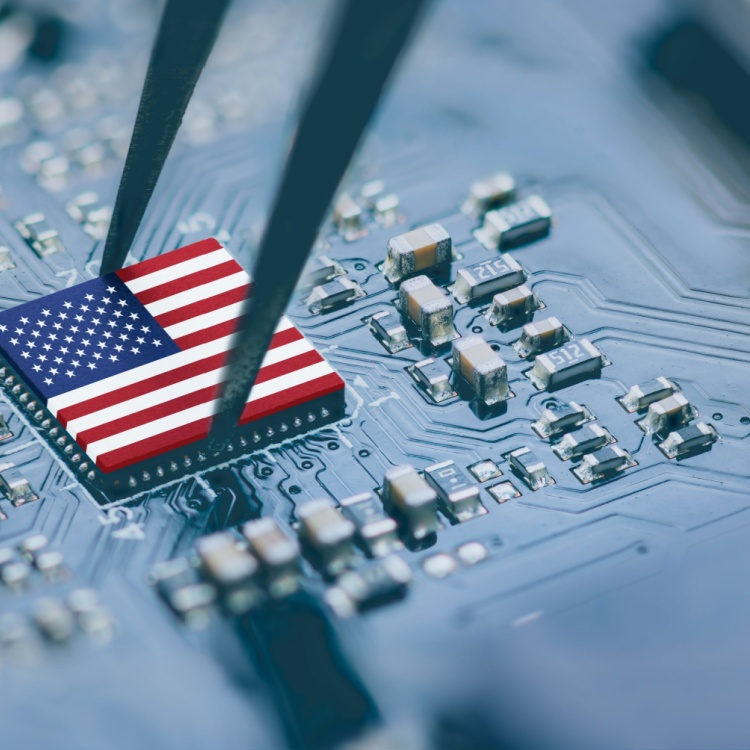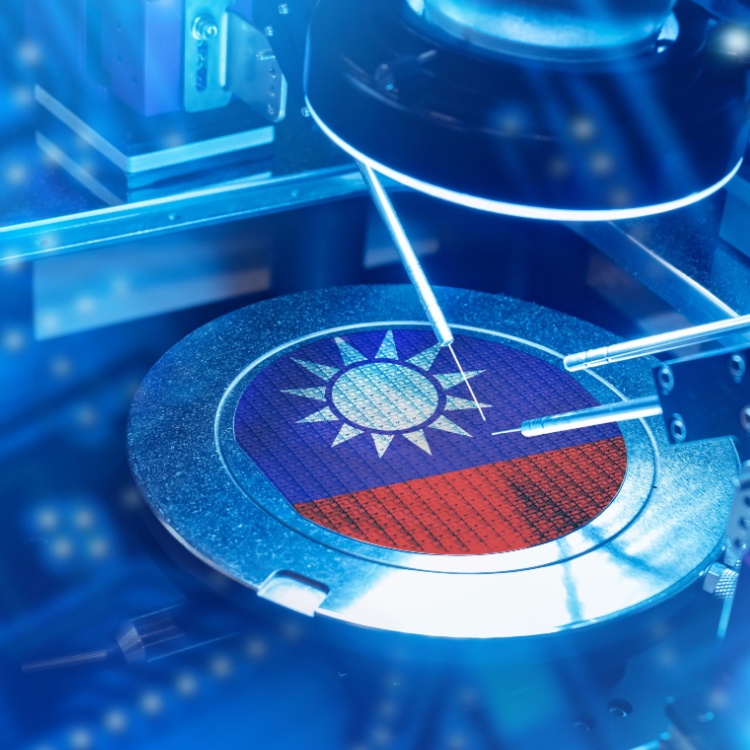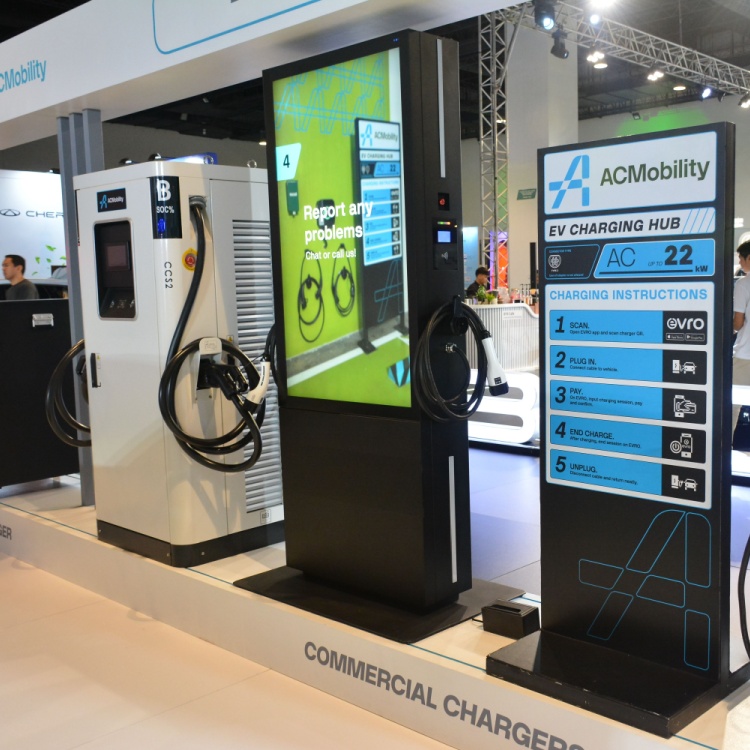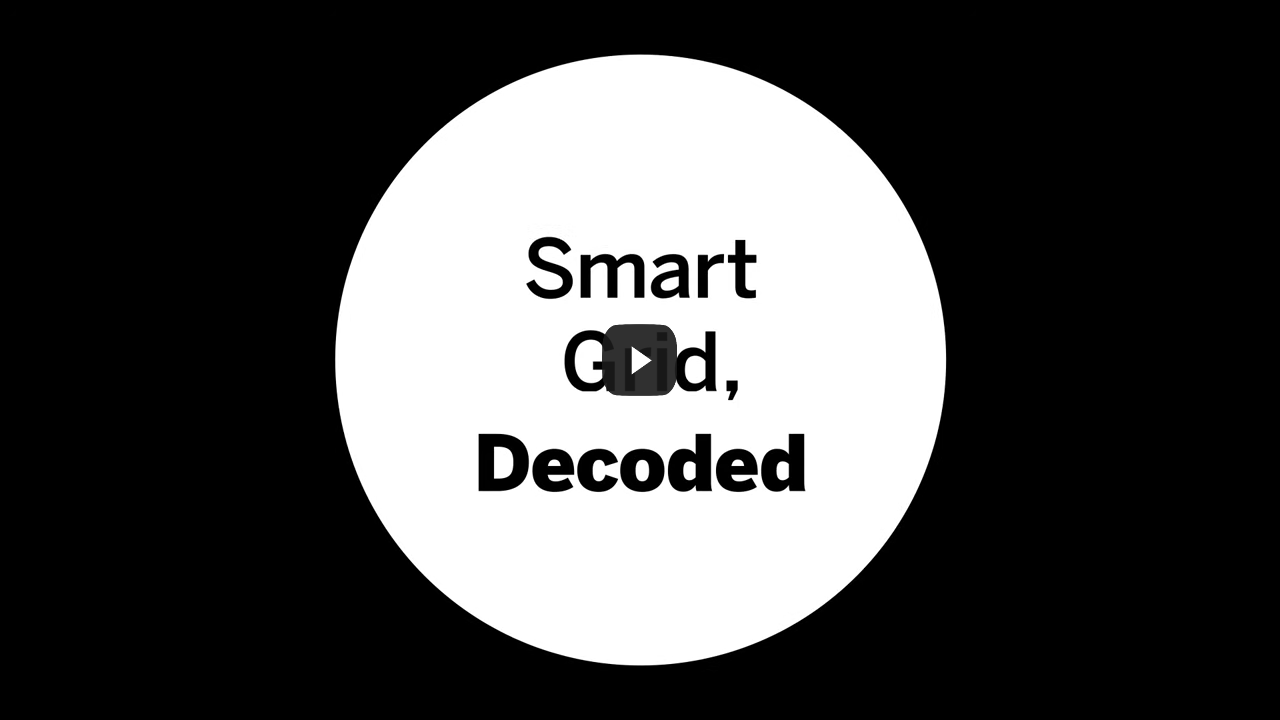The Power of the Smart Grid
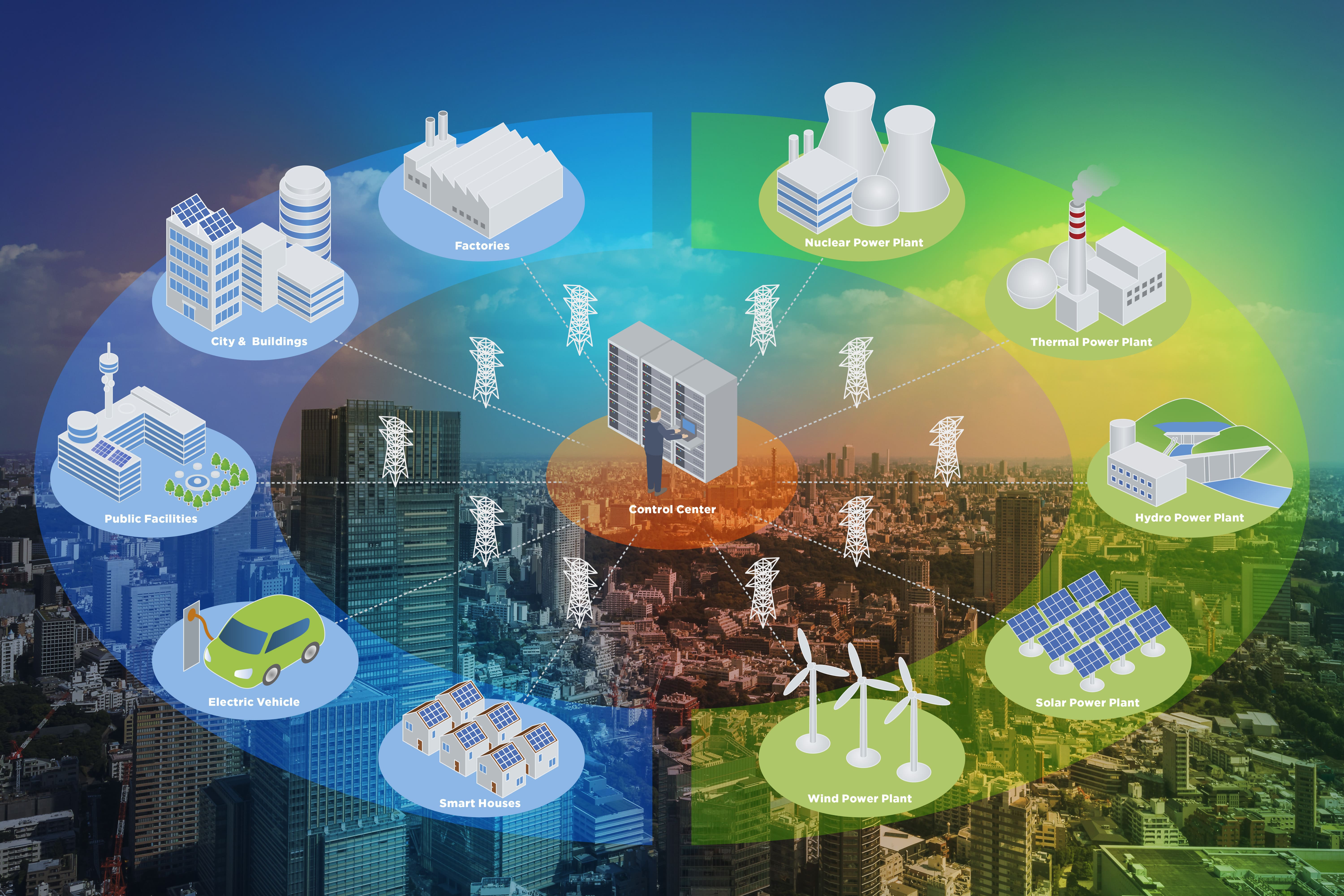
Everything we humans do daily become more and more reliant on electronic devices and digital technology, and the way electrical power is transmitted, distributed, and consumed has to evolve. Smart grids just might be the solution we need.
Pearl Street Station in Lower Manhattan was the birthplace of America’s first electrical grid. When Thomas Edison first turned on the generators at this historic address in 1882, the world entered the era of electric power and it has never looked back.
Today, almost everything we humans do relies on electrical power. It feels “invisible” because we’re surrounded by it all the time. Using electricity to power everything from the smallest of daily tasks to the most complex of machines is natural in our modern world. All this is possible thanks to what is known as the power grid.
The United States Department of Energy defines this grid as “a network of transmission lines, substations, transformers and more that deliver electricity from the power plant to your home or business.” Power grids are essential as these ensure that electricity is transported and delivered consistently wherever it is needed.
Power grids consist of power generators, transmission towers and lines, and distribution lines. This may sound like a very simple and straightforward set-up, but when we factor in the millions of end-users that rely on these power grids day in and day out, and the amount of power each individual requires, then it becomes a very complex task for existing power grids.
Throughout the years, engineers have developed various technologies to improve the performance, efficiency, and reliability of power grids. However, as advanced as the technology is, we still do experience blackouts. And when this happens either frequently or on a large scale, the loss of electrical power becomes disruptive at best, and disastrous at worst.
The state of Texas experienced a massive blackout in February 2021 caused by a failure in the electrical grid. For millions of Americans, this was a disastrous event on numerous levels, affecting the health and safety of citizens and impacting the whole country on economic and political levels.
Apart from technical malfunctions and breakdowns, electrical grids are also vulnerable to natural disasters such as fires, earthquakes, and floods. And though rare, power grids may also become vulnerable to attacks by other people. To address concerns such as these, as well as larger forward-looking issues such as global warming, experts are recommending more countries invest in the development and implementation of the smart grid.
What is a smart grid?
According to the U.S. Department of Energy, the smart grid is “an electric grid that has been digitized to enable two-way communication between producers and consumers”. In standard electrical power grids, power only flows one way, from the producers to the consumers. Smart grids allow both electricity and data to flow both ways.
For this to work properly, smart grids require smart components. This means that most other components involved in electrical power transmission, distribution, and even usage need to be smart as well. Substations, meters, and appliances are just some examples. Broadly, the whole structure of how power is produced, generated, and sent to millions of consumers will need to change.
Traditional vs. Smart Grids
How large a change does the switch to smart grids pose? Let’s look at some of the biggest characteristics of both a traditional power grid and a smart grid.

Generation – Traditional power grids rely on large plants that produce power. The power usually comes from coal, water, and in a few cases, nuclear sources, which are dominated by only a few players. Smart grids can harness power from many, smaller producers, and are more open to using renewable sources of energy such as wind and solar energy.
Market – The market for traditional power grids is very centralized, and is commonly marketed on a national scale. The market for smart grids is decentralized because it can be controlled remotely.
Transmission – Large power lines and pipelines are needed in traditional power grids. On the other hand, smart grids allow for small-scale transmission.
Distribution – Power only flows one way: from the producers to the consumers in traditional power grids. In smart power grids, power and data flow both ways, allowing two-way communication.
Consumption – Using traditional power grids, consumers are passive, only paying bills based on their power usage. Smart grids, on the other hand, empower active participation by allowing consumers to regulate and control their consumption directly.
The Benefits of the Smart Grid
Many experts recommending smart grids cite several points that push for this. According to them, there is greater security, reliability, and better energy management in smart grids over traditional power grids. Wide-spread blackouts can be prevented and disastrous chains of events brought about by massive power failure can be avoided because smart grids can quickly “correct” and regulate power load errors that traditional power grids cannot.
When it comes to energy sources, there is greater integration of these, especially those that are renewable. Unlike in traditional power grids, where non-renewable sources of energy are still the norm.
Finally, smart grids empower those who use electrical energy by giving them more control over their energy usage, even transforming energy consumers into energy prosumers.
Challenges Faced by the Smart Grid
On the other hand, many are more cautious about smart grids. First, smart grids are expensive. The cost of replacing all existing components need to be considered, and this must be done with utmost coordination.
The framework for regulation has not yet been established, which poses another challenge for the total transition from traditional power grids to smart grids. Larger corporations will need to work together with government bodies and other organizations for this to happen.
Ordinary end-users will also have to make adjustments, and while the thought of being an empowered consumer may be attractive to many, some are happy just to sit back, pay their electric bills, and not have to worry about toggling with additional equipment.
There is also concern over cyber security. Because a smart grid may be remotely controlled, there is a growing concern that this may be more vulnerable to hackers and terrorists. Issues such as data privacy and its misuse have come up when the subject of smart grids is discussed.
Finally, the largest concern comes from the possible misuse and abuse of control over electrical energy by the state. Basic utilities such as electrical power being weaponized by governments certainly paint bleak implications for everyone and should be taken into serious consideration.
Being smart about smart grids
Education about the potential of smart grids, as well as their benefits and challenges, need to be encouraged. We are stepping forward into a future where we all have to pull together to make the most of our resources and ensure better ways of doing things.
Smart grids still have a long way to go before these become the norm, but the more we understand what makes these work and how these can improve our way of life, the better and brighter our tomorrows could be.
As one of the Top 21 EMS companies in the world, IMI has over 40 years of experience in providing electronics manufacturing and technology solutions.
We are ready to support your business on a global scale.
Our proven technical expertise, worldwide reach, and vast experience in high-growth and emerging markets make us the ideal global manufacturing solutions partner.
Let's work together to build our future today.
Other Blog
